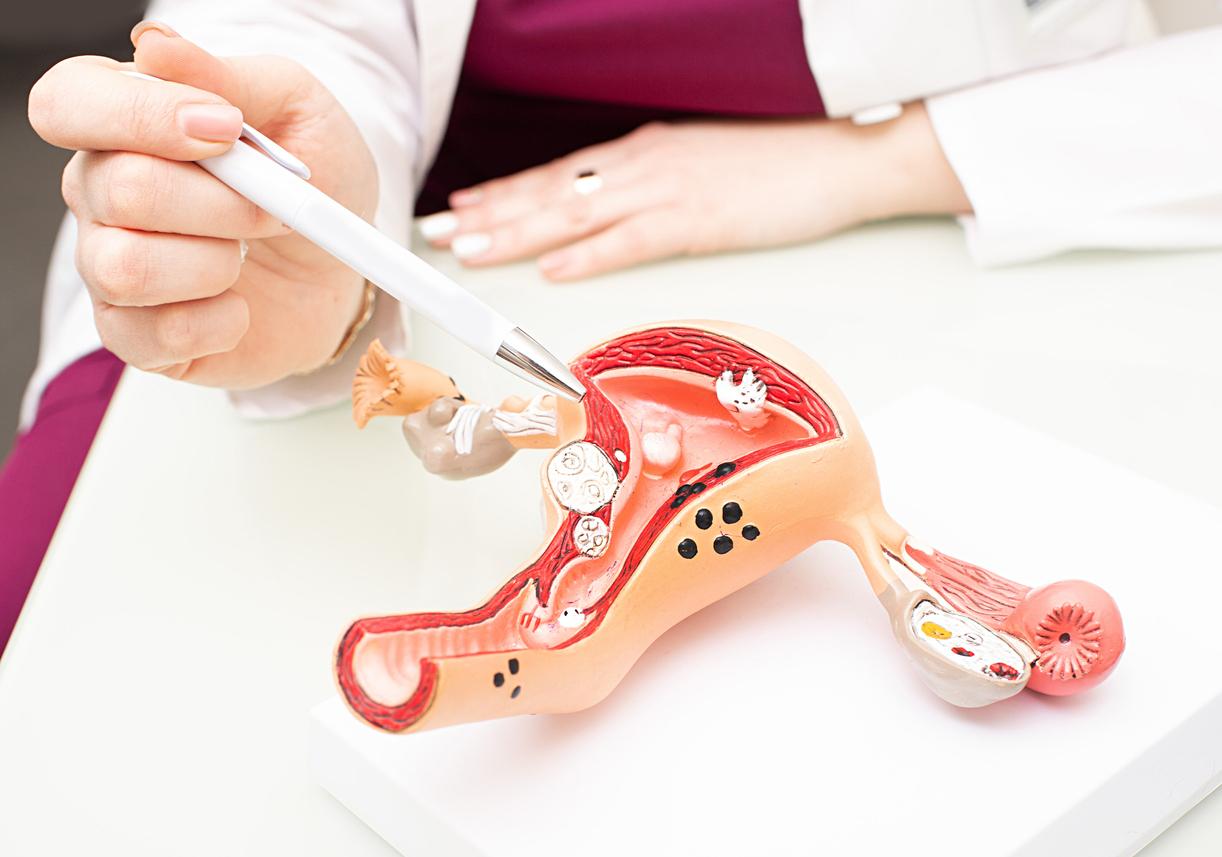Study highlights importance of better monitoring of women with endometrial hyperplasia given their high risk of coexisting cancer.

- Endometrial hyperplasia is a precursor lesion to endometrial cancer, “the most common gynecologic malignancy in high-income countries.”
- In the study, the proportion of patients suffering from a non-atypical form who received successful hormonal treatment increased from 38% to 52% after the publication of the recommendations.
- Between 2016 and 2019, 37% of women who were diagnosed with atypical endometrial hyperplasia and had a hysterectomy had signs of cancer when their uterus was scanned after surgery.
Endometrial hyperplasia is excessive growth of endometrial cells, including glandular cells, usually due to excessive estrogen exposure and poor progesterone function. The latter is classified into two categories: atypical and non-atypical. Atypical hyperplasia poses an increased risk of endometrial cancer, “the most common gynecological malignancy in high-income countries”, while non-atypical hyperplasia indicates that the uterine lining is thicker than normal but less likely to become cancerous.
In the United Kingdom, recommendations on the management of women with endometrial hyperplasia have been introduced. They recommend a hysterectomy, namely surgery to remove the uterus, for people with the atypical form, which is more dangerous. For those with non-atypical endometrial hyperplasia, it is advisable to turn to hormonal treatment administered directly into the uterus. Regular follow-up is essential to monitor the potential progression towards cancer. Nowadays, “national support for these recommendations is not known”, according to British researchers.
Endometrial hyperplasia: 52% of patients received hormonal treatment
In a study, published in the journal Plos Medicine, they wanted to describe the care provided to female patients, compare women’s care patterns with national recommendations to identify opportunities for quality improvement, and compare care patterns before and after the introduction of the guidelines countries in order to understand their impact. To carry out their work, the team reviewed the anonymous files of 3,307 women who had been diagnosed with endometrial hyperplasia between 2012 and 2020. Half of them had non-atypical endometrial hyperplasia and the other half an atypical one.
According to the results, before the national recommendations, 9% of participants received no treatment for endometrial hyperplasia, compared to 3% after their publication. “31% and 48% received an intrauterine progestin, respectively, during the same periods. The predominant management of women with endometrial hyperplasia was not different, 68% and 67% of they having undergone a first-line hysterectomy, respectively”, can we read in the research. Two years after diagnosis, the proportion of women with non-atypical endometrial hyperplasia who received successful hormonal treatment increased from 38% to 52% after the introduction of the recommendations.
37% of women who had a hysterectomy had signs of cancer after the operation
Only one in five women with atypia who had not undergone a hysterectomy benefited from the recommended schedule of follow-up and biopsies. Between 2016 and 2019, 37% of volunteers who were diagnosed with atypical endometrial hyperplasia and underwent hysterectomies showed signs of cancer when their uterus was scanned after surgery. Thus, the authors reported that there is a need to improve the care of patients with atypia who do not undergo hysterectomy to reduce the risk of cancer.
















